Whispered Prayers, by David Bax
A common theme among director Terrence Malick’s work has been man’s deleterious effect on nature. His last two films in particular, The Thin Red Line and The New World, have depicted humans crashing into lush, beautiful and peacefully pristine areas of the planet. Malick’s newest film, The Tree of Life, could be taken as an indication that he’s made peace with that part of his psyche. Here, he goes to great, awesome, bold and shiny lengths to illustrate that man, in fact, is nature. Or at least an integral part of it.
Despite the fact that there are numerous portrayals of both the physical and mental cruelty people are capable of bringing to bear on each other as well as the mean and inescapable cruelty of mere existence itself, The Tree of Life is an assertively, perhaps even propagandistically, pro-human film. While some of its contents could suggest that human civilization has had a calming effect on the planet, the main thematic thrust is that it is man’s capacity for compassion that could lead to the salvation of the species and perhaps the entire universe.
The little I’ll tell you of the story is that it concerns Jack, played as an adult by Sean Penn and as a child by skilled newcomer Hunter McCracken. Jack has two influences in his life, sometimes competing and sometimes complementary. His mother, played by Jessica Chastain, is all warmth, joy, love and compassion. She wants her son and his two brothers to be happy and alive to experience the world with open eyes. Chastain’s performance is both inspired and inspirational. Jack’s father, on the other hand, is about discipline, order, justice and ambition. He wants his boys to be prepared for the world and its harsh realities, both in mind and body. Brad Pitt gives one of the best performances of his career here (with the help of McCracken), inhabiting a man who has the ability to make you feel either invincible or queasy when he walks into a room, all depending on the slight signifiers of his mood. These two role models inform the man Jack will become, taking their place in the endless equation of humanity, wherein each generation’s raw elements form the basis of the next.
Really, though, Jack has a third influence: God. Malick doesn’t spend any time questioning whether God exists or doesn’t. In my opinion, the film assumes that He does but if you felt the other way, you could be just as right. The film believes that God created and shepherded into existence this universe. He is both the mother and the father of mankind and all that surrounds it. He is also the only reasonable source of moral understanding, of codifying the world into right and wrong. Therefore, He is also often the source of confusion. Bad things happen to good people in The Tree of Life. Also, perhaps more perplexingly for our protagonist, who believes so dearly, bad things often fail to happen to bad people.
This moral uncertainty and tendency toward searching for answers ultimately proves a central, necessary and intellectually thrilling part of the film, but it was one of the things that had me uncertain in the movie’s first reel or so. Throughout the film, all the main characters talk directly to God, mostly in ethereal whispers that threaten to snap the suspension of disbelief with their stagey preciousness. I imagine they’ll play better on a second viewing, when the rules of the world and the story within it are already understood.
Also giving me pause in the early going was the movie’s art direction. The characters in both main time periods appear to live in houses too pristine to even stand up straight. The complete lack of clutter or the detritus of their occupants makes it difficult to believe these homes exist in the same plane as human beings. It seems at times that the characters’ world is endlessly being destroyed and built anew every few minutes. However, like the whispered prayers, this choice ends up being both deliberate and correct. Again, I believe The Tree of Life will play even better on repeat viewings.
What brings these fragile rooms – enclosing people with fragile voices – to life is the cinematography of the wonderful Emmanuel Lubezki (Y Tu Mama Tambien, Children of Men). The choices he makes, along with those concerning sound design made by Malick and his crew, are not the choices of a person wanting to relate a straightforward narrative. The camera moves almost constantly, sweeping and darting through rooms and yards, forcing you to look places you weren’t intending to. Lubezki and Malick often shoot from low angles, gazing up at the characters and making them look like foreboding giants. The dinosaurs may have once walked this ground but we, the humans, are now the keepers of the empirical world.
This fluid camera juxtaposes tellingly with the sharp lines of the bare rooms mentioned above. The elements of the universe once were soft and undefined, almost formless. They flowed into each other or splashed against each other for millennia. But things progressed past that when life left the waters and crawled up onto the land (The Tree of Life may believe in God but it definitely believes in evolution as well). Sentient life represented the calcification, the hardening, of the world. People, out of necessity, brought nature into focus. But, the swooping camera reminds us, that’s a temporary change. Nature will almost certainly outlast people.
Being concerned so dearly with mankind’s place within nature and the history of the universe makes this film largely comparable to another big-screen art-house masterpiece (did I mention this is a masterpiece?). Stanley Kubrick’s 2001: A Space Odyssey contains the same power of image and sound. It may not be the most crowd-pleasing of Kubrick’s films but it is his most lasting, vital and important contribution to art. I wouldn’t be surprised if, in another 40 years, people are saying the same about Terrence Malick’s The Tree of Life.






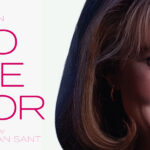






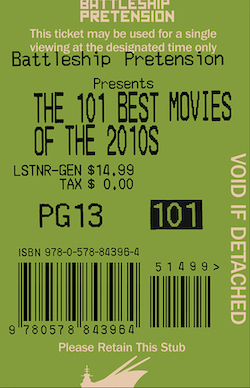


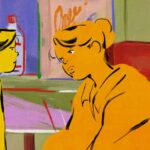
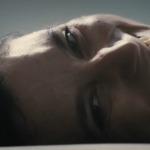







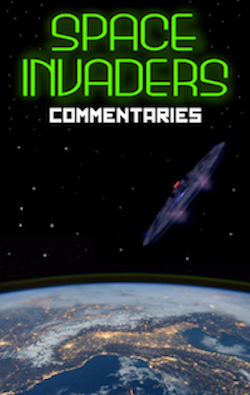
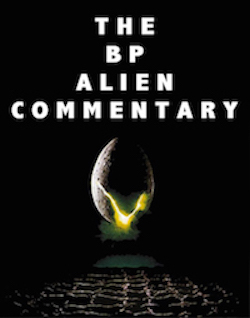
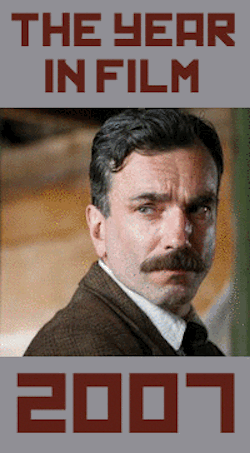


Great review. I don’t know how you so greatly whet my appetite with out letting me know what was on the menu.
I Love the film but I have a very different reading of it than I have so far seen in reviews and comments.
To verify my reading, I MUST have confirmation of the names of all three sons from the oldest to the yougest; who is the dead son within their rank from oldest to yougest